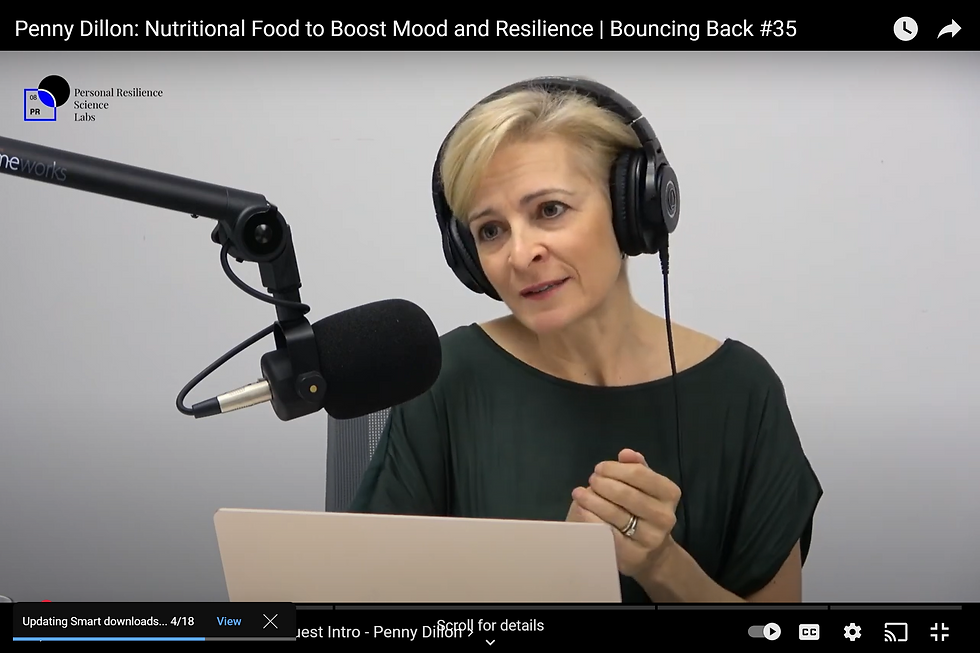Why do our brains love Wordle?
- Penny Dillon
- May 11, 2022
- 1 min read

If you’re a Wordle fan (like me) you might be wondering why we're all so addicted. There’s actually some interesting neuroscience behind Wordle – it activates two important neurotransmitters in our brains.
The first - dopamine - is released when we complete a task or do something pleasurable. So the simple task of doing Wordle (even if you don’t win) gives us a dopamine hit. Dopamine makes us feel rewarded and motivated – so completing a Worldle not only makes us feel good about ourselves, but also helps us get motivated for the day (even if you do it cosied up in bed under the doona). You’ll get the same hit from going for a walk or even unstacking the dishwasher – except you don’t have to get out of bed.
When we share our Wordle achievements on social media or with friends it stimulates a second neurotransmitter: oxytocin. You may know this as the love, childbirth or breastfeeding hormone, but it’s actually a hormone we all release every day. It’s what drives us to feel connected to others, and even seek out other people when we are feeling stressed (hence the desire to talk to others if we have a problem). The great news is that both of these happy hormones calm our nerves and help us feel relaxed.
Of course other activities like singing, dancing, playing in a music group or going for a walk with a friend can have the same positive effects on your brain health, but it generally involves having to get out of bed!




Comments